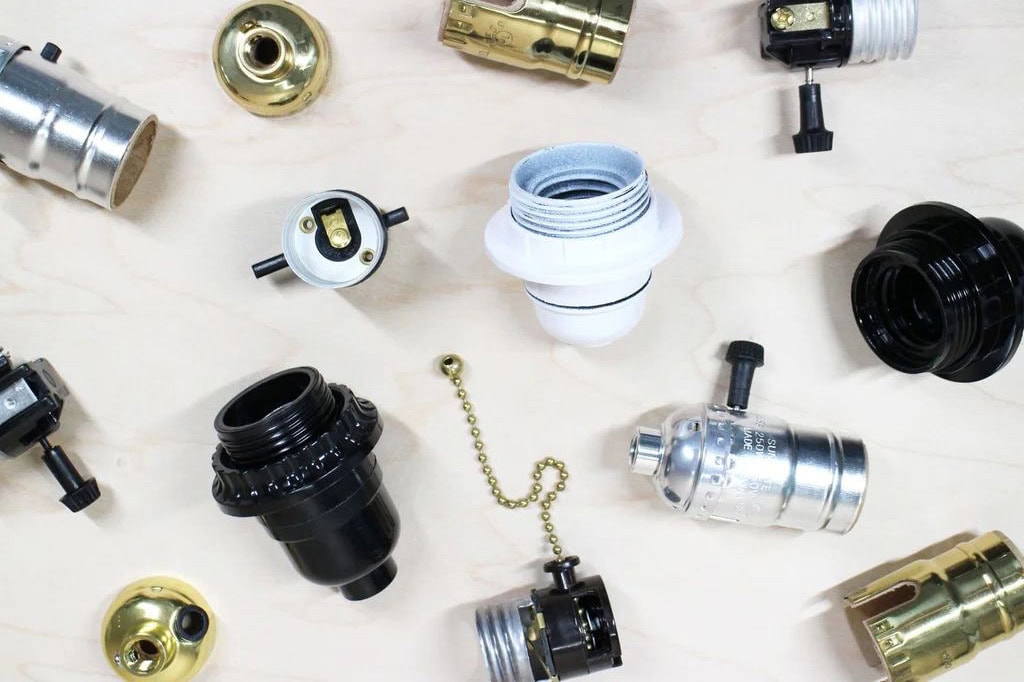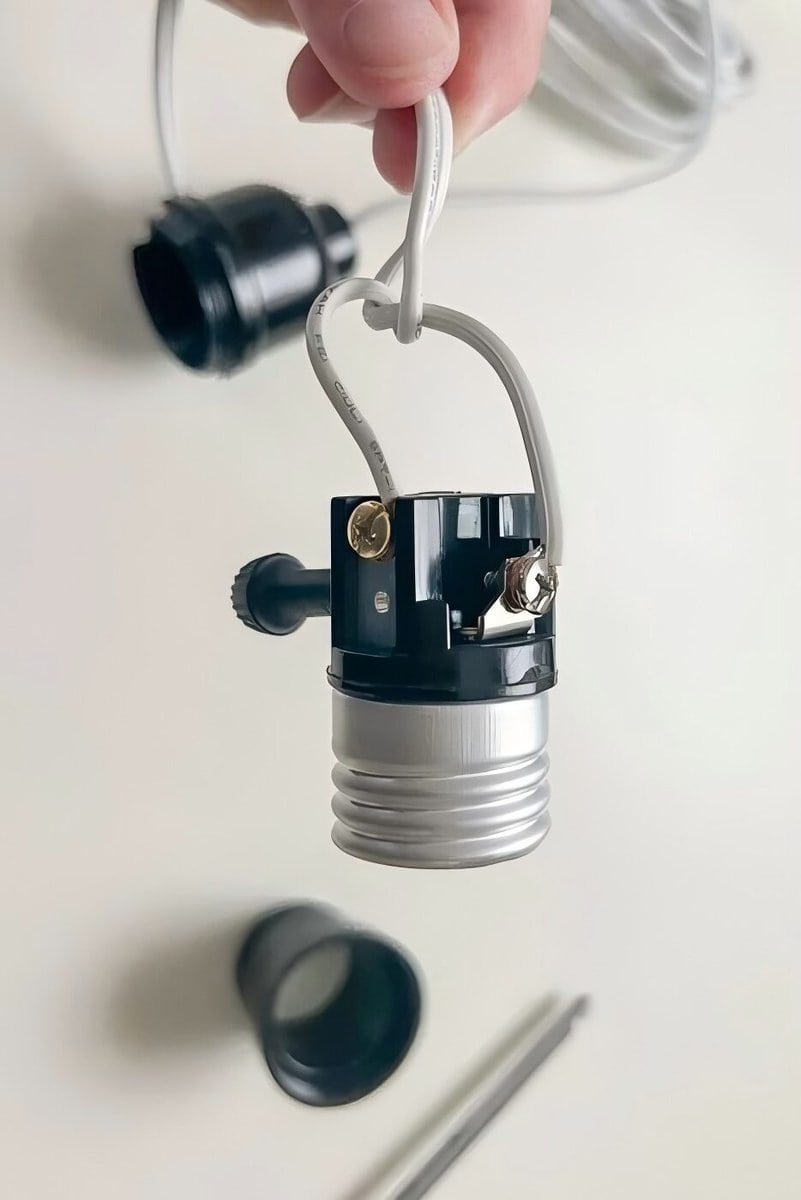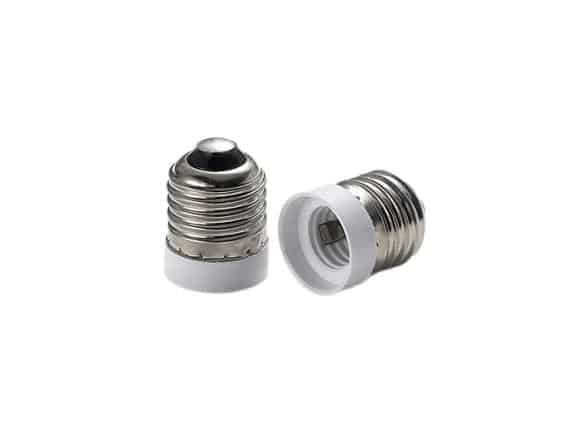Choosing the correct bulb for your light socket is crucial for both safety and performance. Using a bulb with higher wattage than the socket’s rating can lead to overheating, damage, or even fire hazards. So, can you put an 18-watt bulb into a 13-watt socket? The answer is no, and understanding why will help you avoid potential risks and choose the right lighting solutions.
Wattage represents the power consumption of a bulb. A socket’s wattage rating indicates the maximum amount of power it can safely handle without overheating. For example, a 13-watt socket is designed to support bulbs consuming up to 13 watts of power. Installing an 18-watt bulb in such a socket exceeds its limit, which can compromise its functionality and pose safety risks. Overloading a socket with a higher wattage bulb forces it to operate beyond its intended capacity, leading to potential hazards.

Using a bulb with a wattage higher than the socket’s rating introduces several risks. The most immediate concern is overheating. Excessive heat generated by the bulb can cause the socket material, often plastic or other heat-sensitive materials, to warp, melt, or deteriorate. This can lead to loose electrical connections, sparking, or even short circuits. Over time, the damaged socket may become unusable or create a fire hazard, endangering the surrounding area and potentially the entire electrical system.
Another significant risk is damage to components. When a socket is exposed to more heat than it is designed to handle, its internal parts, such as the electrical contacts, can degrade faster. This reduces the lifespan of the socket and may require costly replacements or repairs. Furthermore, electrical safety hazards such as power surges or blown fuses are more likely when a socket is overloaded with an incompatible bulb.
To ensure compatibility, always check the wattage rating of your socket and the specifications of your bulb. Most sockets have their maximum wattage printed on them or listed in the fixture’s manual. This rating includes not only wattage but also voltage limits, ensuring the electrical system operates safely. Similarly, review the bulb packaging or the markings on the bulb to confirm its wattage and type. For example, LED bulbs consume less power while providing the same brightness as higher-wattage incandescent bulbs, making them a safer and more efficient choice in many cases.

There are exceptions and alternatives for situations where higher brightness is required but the socket’s wattage is limited. Energy-efficient bulbs like LEDs provide comparable brightness to traditional bulbs but consume significantly less power. For instance, an 18-watt LED bulb may offer the same brightness as a much higher-wattage incandescent bulb, making it a suitable replacement without exceeding the socket’s wattage limit. Another option is upgrading to a fixture with a higher wattage-rated socket to accommodate more powerful bulbs safely.
If you find yourself needing to replace a 13-watt-rated socket to accommodate an 18-watt bulb, ensure the fixture supports the upgrade. Installing dimmable bulbs or using a voltage regulator can also help manage power demands without compromising safety. These options provide more flexibility while ensuring the socket and electrical system remain within their safe operating limits.
Accidentally installing a bulb with higher wattage than the socket allows can cause immediate issues. You may notice signs such as excessive heat, discoloration around the socket, or even a burning smell. If this happens, turn off the power immediately and remove the bulb. Inspect the socket for damage, such as melted components or blackened areas, and replace it if necessary. In more severe cases, consult a professional electrician to assess and repair the system.
To avoid these problems, follow a few simple safety tips. Always verify the wattage compatibility of your socket and bulb before installation. Inspect sockets regularly for wear, cracks, or signs of overheating, especially in older fixtures. Choose certified bulbs and fixtures that meet recognized safety standards like UL or CE, ensuring quality and reliability. Using LED bulbs is an excellent way to achieve brighter lighting without exceeding socket wattage limits, thanks to their lower power consumption and higher efficiency.

In conclusion, installing an 18-watt bulb into a 13-watt socket is unsafe and can result in overheating, damage, and electrical hazards. Always prioritize compatibility by matching the bulb’s wattage to the lamp holder’s capacity, and consider energy-efficient alternatives like LEDs to achieve the desired brightness safely. Regular maintenance and adherence to safety standards will help you ensure long-lasting and trouble-free lighting solutions in your home or workspace.













